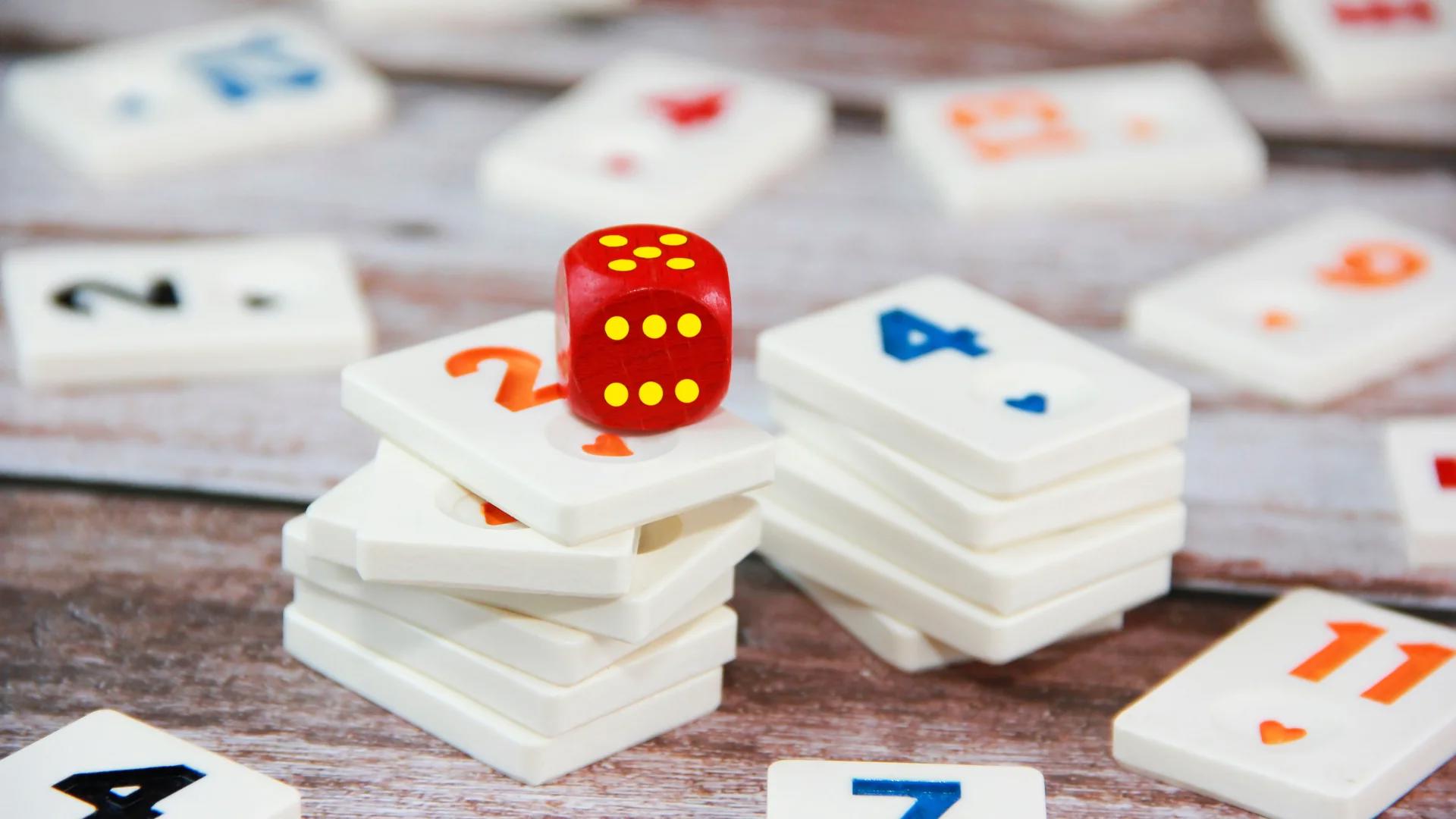
Traditional Turkish Games: Fun Street Activities Still Alive Today
In Turkish neighborhoods, especially before smartphones took over, the streets were full of laughter, shouting, and playful competition. Children played outside until dark, enjoying traditional Turkish street games that brought everyone together. These games were more than just entertainment—they built friendships, taught teamwork, and created unforgettable memories.
Whether you’re a traveler curious about Turkish culture or someone looking for fun ways to connect with locals, learning about childhood games in Turkey gives you a beautiful glimpse into everyday life.
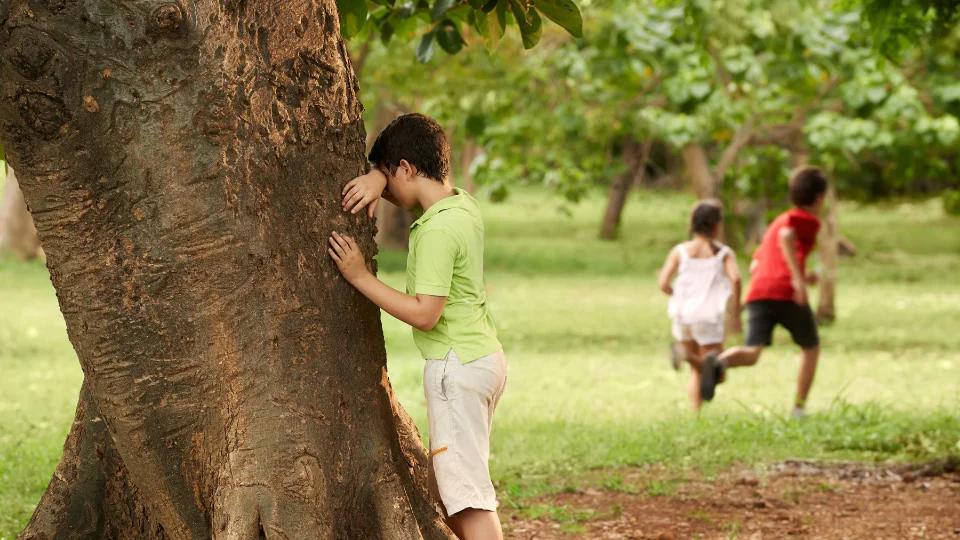
What Are the Most Popular Turkish Street Games?
1. Saklambac (Hide and Seek)
Just like in many countries, hide and seek is a favorite in Turkey. Known as saklambac, this game is usually played in the evenings when children take over the streets. One child counts with eyes closed while others hide. The goal is simple—don’t get caught!
2. Mendil Kapmaca (Handkerchief Grab)
This game involves two teams. A handkerchief is placed in the center, and one child from each team tries to grab it and run back without getting tagged. It’s a test of speed and reflexes, and it usually ends in lots of laughs and close chases. This game is often taught during school field trips or summer camps across Turkey.
3. Birdirbir (Leapfrog)
In birdirbir, one player bends over, and the others jump over him while counting. The last one also bends over, forming a line of “humps” for others to leap over. It’s energetic and can go on for hours. You’ll often find boys playing it in small town squares.
4. Yakan Top (Dodgeball)
Played with a soft ball, yakan top is the Turkish version of dodgeball. Kids form teams and try to hit each other with the ball while dodging hits. It’s a favorite during school recess and neighborhood matches. This game is still common in public parks and open school yards in cities like Istanbul, Izmir, and Ankara.
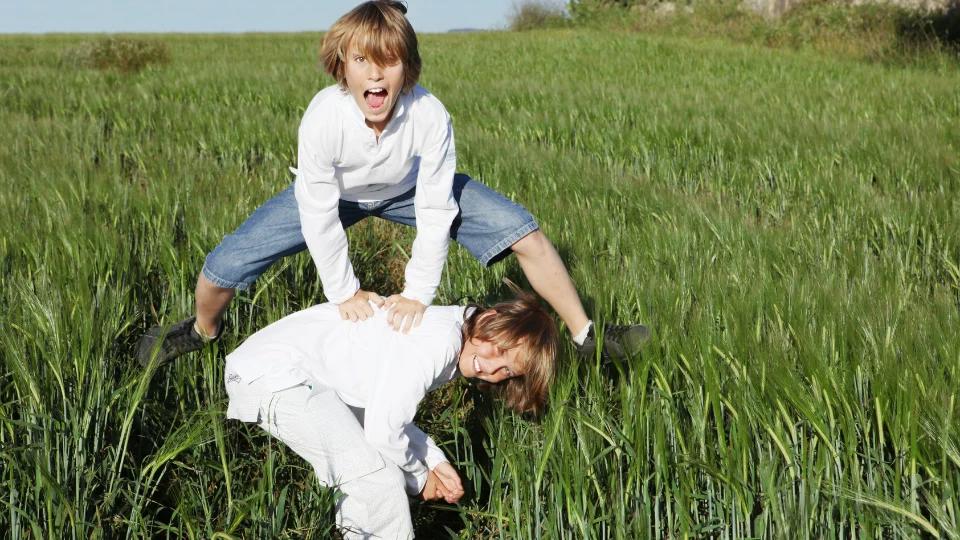
Are These Games Still Played in Turkey Today?
Yes! While video games have changed how kids spend their time, traditional Turkish games are still played—especially in rural areas, school programs, and cultural festivals. Many schools in Turkey celebrate “Traditional Games Day,” where students dress up and play old games.
On a visit to a Turkish village or small town, don’t be surprised if you see children chasing each other in a game of saklambac or rolling tires with sticks down a dusty street.
For a more immersive experience, join a Family-Friendly Istanbul Walking Tour where you can see how modern families blend old games with city life.
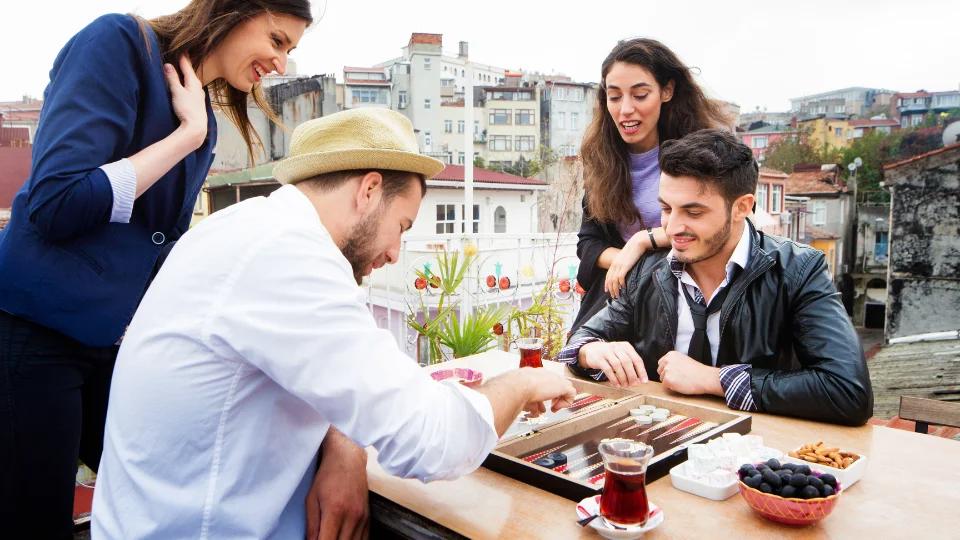
What Role Do These Games Play in Turkish Culture?
These games teach more than just rules. They build:
- Teamwork: Kids form alliances and learn fair play.
- Creativity: Most games need no toys—just imagination.
- Tradition: Games are passed from generation to generation.
In Turkish culture, elders often share stories of their childhood street adventures. Games like asık oyunu (played with sheep knuckle bones) or sek sek (hopscotch) are part of heritage.
You can explore more about cultural heritage on a Best of Istanbul Tour, which often highlights community traditions, local life, and folk activities.
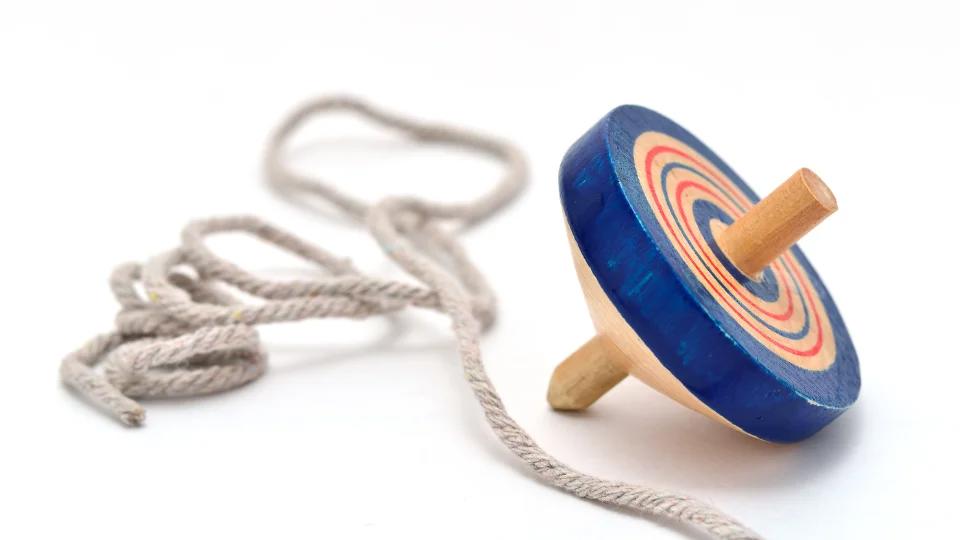
What Other Traditional Pastimes Are Popular in Turkey?
Backgammon (Tavla)
Almost every Turkish cafe has a backgammon set. This game is a staple of male friendship and tea garden afternoons. Whether in Istanbul or Gaziantep, you’ll hear the click of dice and the laughter of players.
Whistling Marbles (Bilye Oyunu)
Marbles were once precious treasures for Turkish children. Played by digging small holes and aiming marbles into them, this game was all about accuracy and collection. Many older locals still keep their best marbles as keepsakes.
Topac (Spinning Top)
Before Beyblades, there was topac. Kids would wrap a rope around a handmade wooden top and release it with skill to make it spin for the longest time. Some craftsmen in Anatolia still make these tops using traditional methods.
You can see this craftsmanship during a Private Grand Bazaar Tour, where locals demonstrate how toys and tools were made by hand for generations.
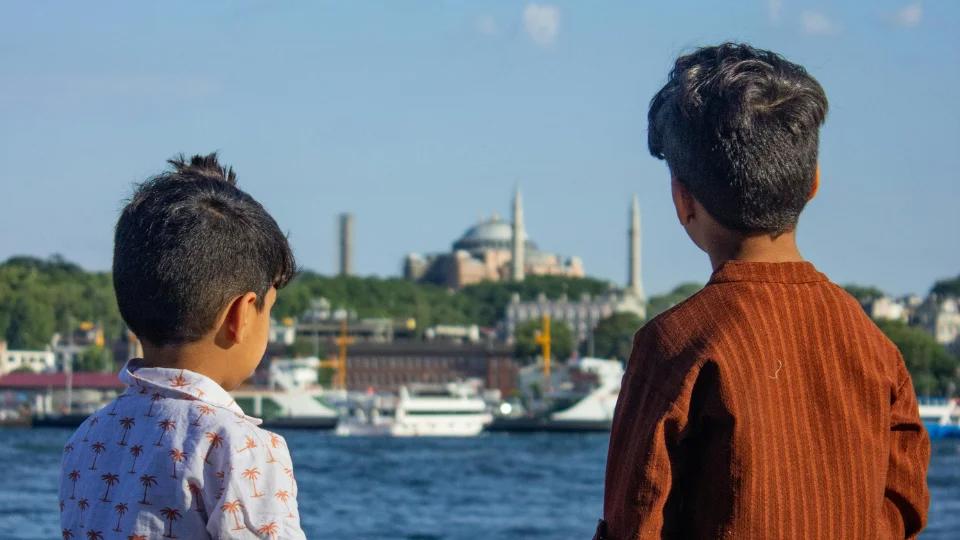
Why Should Tourists Learn About These Games?
If you want to connect with Turkish people beyond museums and landmarks, playing or watching these games opens doors to real experiences. Locals appreciate when visitors take interest in simple traditions. Even if you don’t join the game, watching kids play saklambaс or teens challenge each other in yakan top gives you a glimpse of Turkey’s warm and energetic spirit.
Exploring Turkish childhood games is like opening a window into the country’s heart. They reveal what textbooks and tours can’t always show—how people bond, laugh, and grow together.
Want to include playful moments and cultural interaction in your Turkey trip? Contact us today and we’ll help you plan tours where you can experience authentic local life—games, stories, and all.